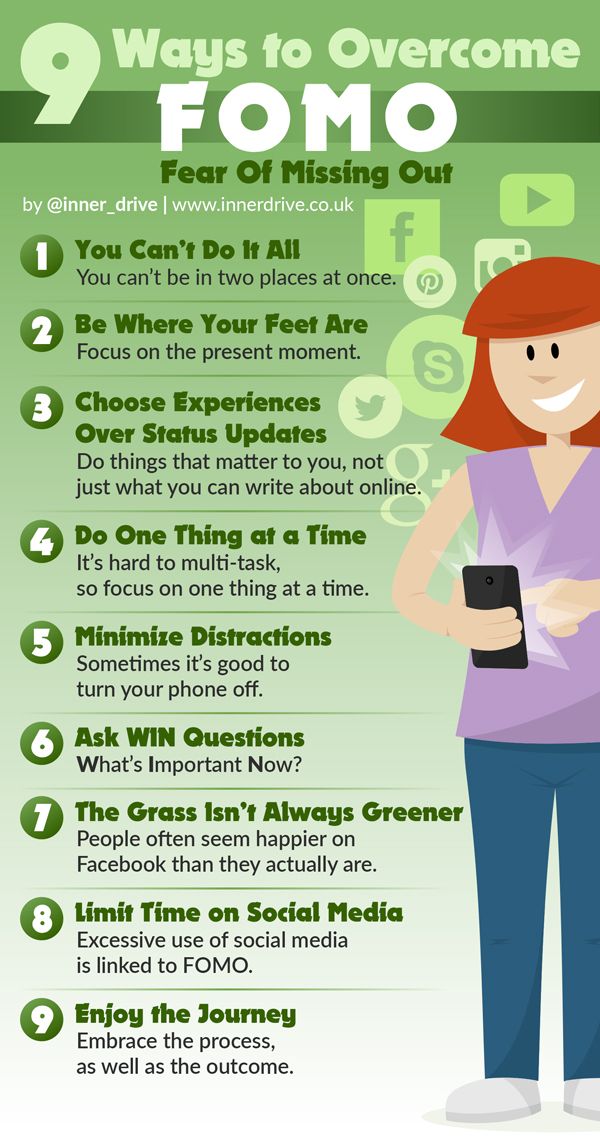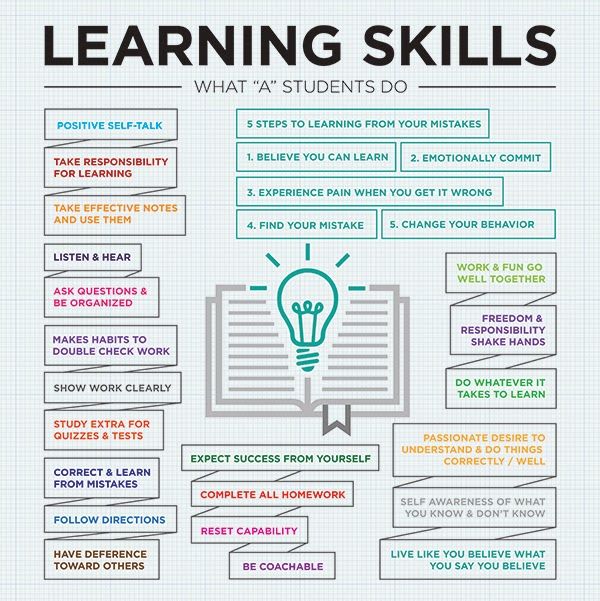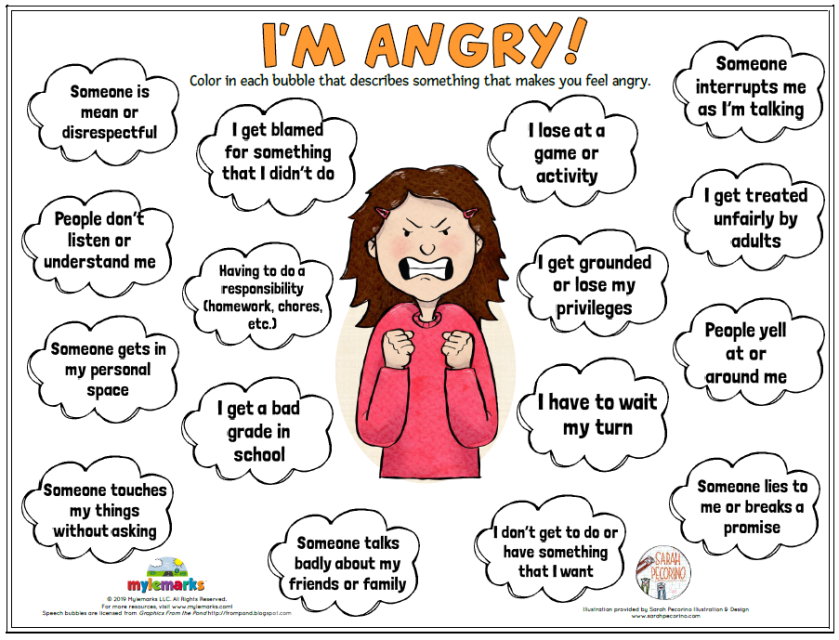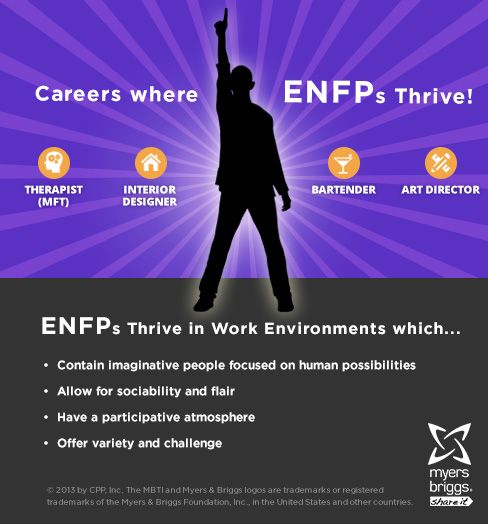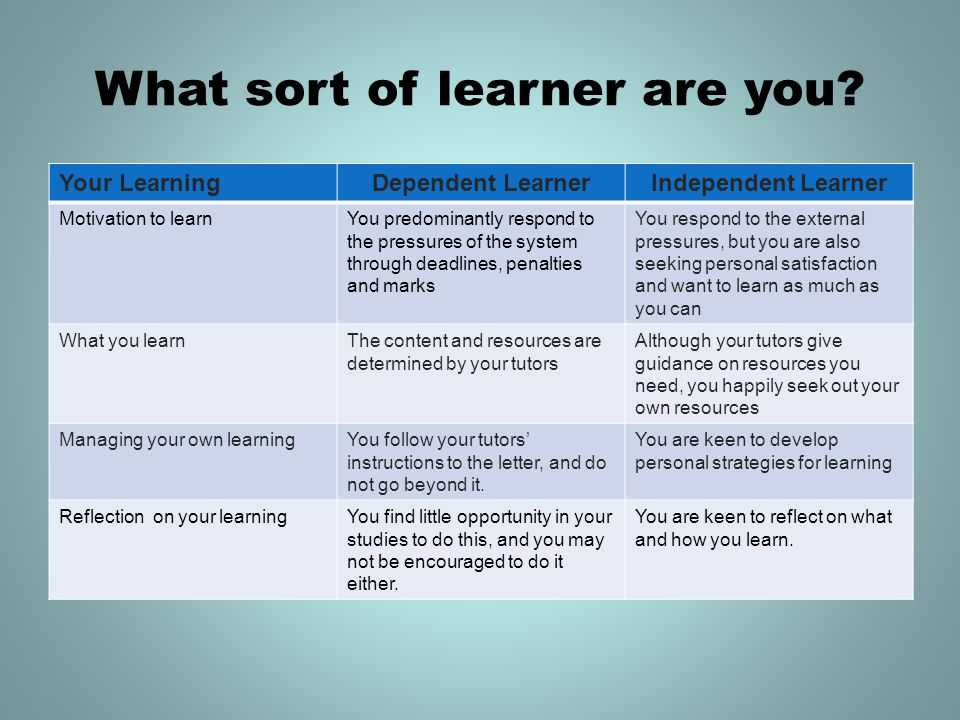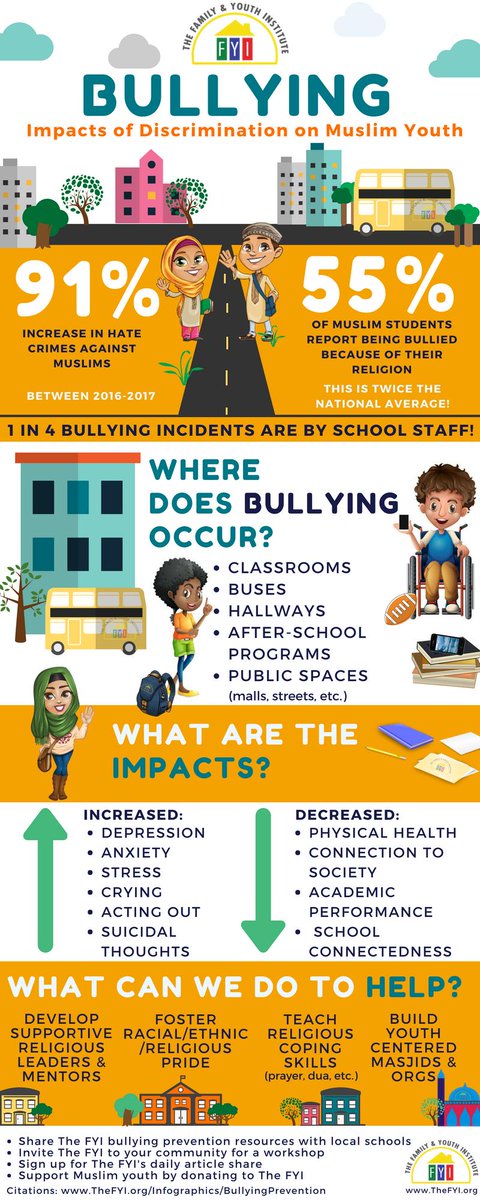Fear of social media
Fear of Posting (FOP) on Social Media
The Fear of Posting (FOP) on social media can be a source of anxiety for businesses. Business owners aren’t sure what type of content to post, how to source and create that content, or how to ensure it ladders up to their business objectives. More than 50% of their consumers are active on social media every day. The average person has five social media accounts and spends around 1 hour and 40 minutes daily browsing these networks. Content creation for a business is very different to content creation for a personal newsfeed. Struggles with social media content include;
- lack of time and resources, too many social media accounts
- not knowing where best to position your brand
- confusion about the best times to post
- what to post and whether to use paid advertising
- how much personal content to share
- how to engage customers.
Business owners have social media anxiety when they don't have a plan and are short on resource.
Business owners have FOP when they aren’t clear on what type of content to post.
What type of content should I post on social media?It’s not about you.
The content you create for your social media channels is not the same content that you – as the business owner – would share on your personal newsfeed, or engage with. You’re not short on ideas, but how do you know that the content you create will resonate with the people you want it to?
Ensure you know who your ideal customer is. Get really clear on who those people are, what type of coffee they drink, where they go for news, and how you might get in front of them with helpful content. Write all this information down and then assign a name to this individual. Once you have given them a name, for example e-commerce Eddy, then you aren’t creating content for yourself, you’re creating content for Eddy. Create content that will make Eddy laugh, cry and want to watch that meme just one more time. When considering your ideal client, consider their behaviours, interests and demographics – this is going to be the key to your success in creating content for them. All the content decisions you make are for Eddy and no longer about you.
When considering your ideal client, consider their behaviours, interests and demographics – this is going to be the key to your success in creating content for them. All the content decisions you make are for Eddy and no longer about you.
Create social media content for your ideal customer.Click To Tweet
How to create content for social media
The next step is to create an editorial calendar for your business with your ideal client in mind. An editorial calendar is used by bloggers, publishers, businesses, and groups to control publication of content across different media. For example; newspapers, magazines, blogs, email newsletters, and social media outlets. Strategically, look at your events or promotions and how long in advance you need to promote them. You may need videos or images created for these promotions or campaigns.
Then start plotting any important events, dates, promotions, holidays, campaigns, and seasonal activities where appropriate.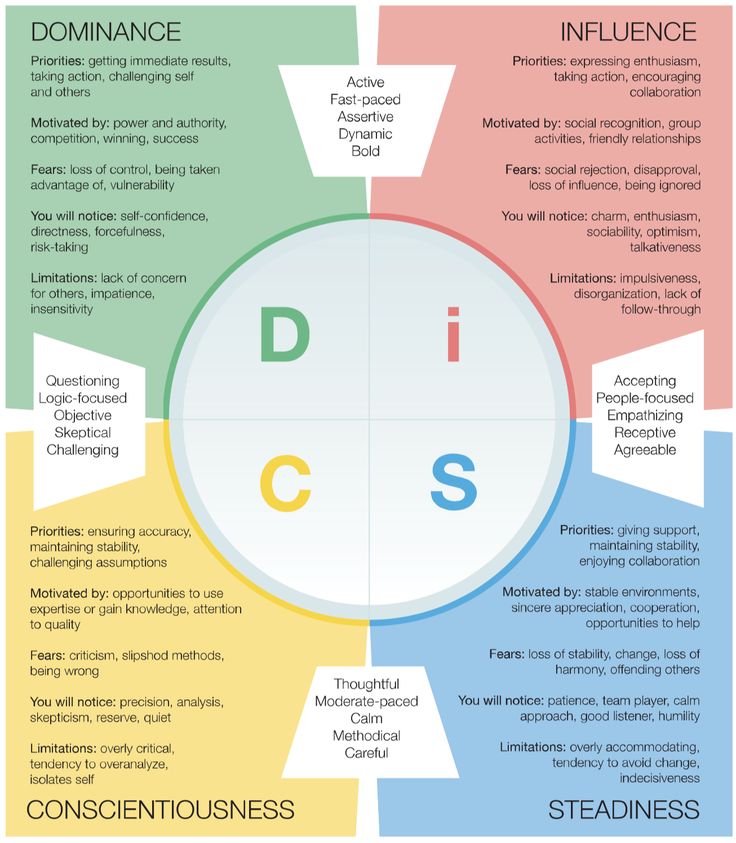 Overlay any promotions or special deals you might want to include in correlation with those existing events and activities.
Overlay any promotions or special deals you might want to include in correlation with those existing events and activities.
Once you have the editorial calendar planned out, the next step is to create a content bank or a bank of posts. A content bank is a bank of posts which contains all your messaging for social media. You will have several columns that include date, message, image/video, link, on which platforms it should be posted and any tagging information. Create sample posts to support the events and promotions in your editorial calendar. Only 20% of your messages should be salesy in nature, so think about the other types of content you can use to support your goals. You might need third party posts, images, videos or even infographics to help tell your story.
By planning your editorial calendar and content bank in advance, you will have a better sense of what is coming up and hopefully the panic about social media subsides! We’ve given our friends (that’s you!) a free content bank here.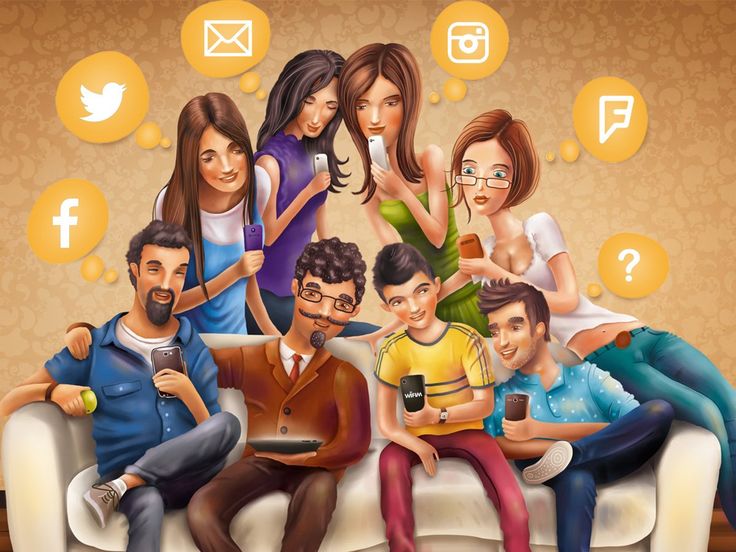
Visiobibliophobia
This blog post is not about users with Visiobibliophobia. Visiobibliophobia is an anxiety disorder that was first described by neuroscientist Justin Moretto. The disease was first outlined in an attempt to properly describe a growing fear of the popular social networking site Facebook but includes social anxiety no matter where you are posting on social media. Those with Visiobibliophobia generally have two treatment options; the first being deletion of social media accounts. For some subjects this treatment completely alleviates all anxiety, but for others it leads to fear of missing out (FOMO).
There is a significant hormonal release from engaging with social media. It seems the brain can’t tell the difference between ‘real’ social interaction like kissing, hugging, talking to someone we love, or social interaction via social media. Apparently, Tweeting, Face-booking and other forms of social interaction conducted across cyberspace reduce stress hormones and increase oxytocin levels, something which is known as the ‘cuddle’ hormone.
All too often, social media is reducing face-to-face social connectedness and increasing feelings of perceived social isolation or being an outsider who is unworthy of love and belonging. In other words, chatting with your pal on Facebook is not going to boost your oxytocin levels the same way chatting with them face to face would. That’s why it’s important to not let your online relationships replace your real-time ones.
Idealized representationPeople only post the moments which are their best self, their highlight moments, moments when their kids are all looking at the camera (even if it took 45 minutes of crying from three toddlers to get the photo). Not many people post of when they stubbed their toe, lost their job or burned their toast. If you rely on social media to seek an understanding of what their life might be like – you are getting a one sided perspective.
Exposure to highly idealized representations of peers’ lives on social media sites may elicit feelings of envy and the distorted belief that others lead happier and more successful lives.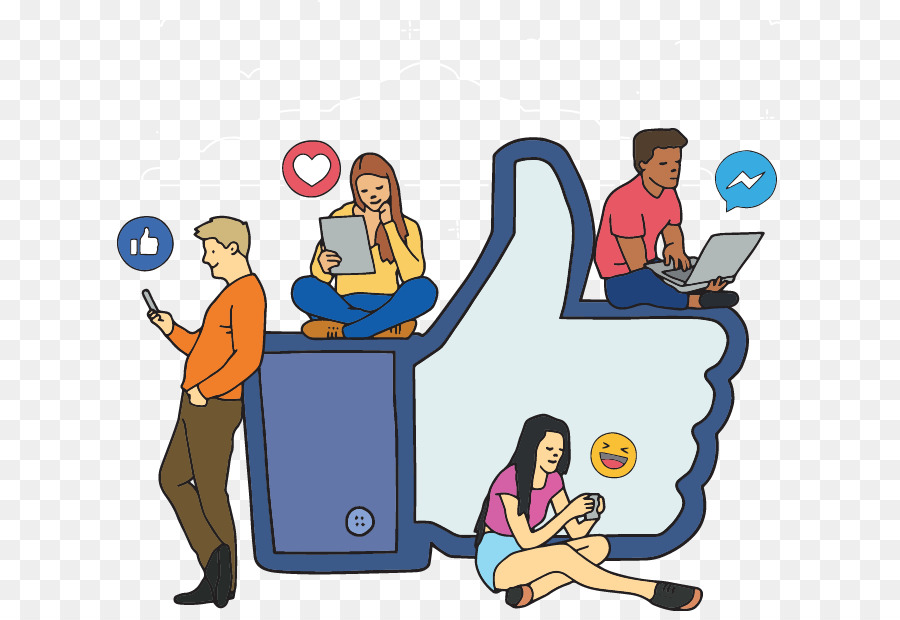
Create content to meet business goals
Once you know what your business goals are, you can create content to meet them. This requires planning. Any athlete will tell you that they didn’t get to the top of the podium without a well thought out and strategic plan: business is no different. FOP can be eliminated by creating content that you know is tied to business goals. By creating a plan you can align all components of the social media marketing mix into a compelling, strategic plan that ladders up to your business goals. Aligning your business goals with your social media efforts will help deliver return on investment.
By understanding your business goals, you can tailor your social media focus to match those goals. You can achieve key business objectives like increasing website traffic, creating consistent and quality content, building brand awareness and lead generation.
The content you want to create is easier than you think.The content you want to create is easier than you think.
 Click To Tweet
Click To TweetYou can find free stock photos from our favourite sites like Unsplash and Gratisography. You can create great videos with Promo and photo collections with. The number of apps you can play with are endless, these are just some of our faves. If you don’t have a designer as part of your team, we like Canva for simple edits.
If content has you stuck, look to bored panda or Stumble Upon to help get you started. The Canmore Marketing Hub also can provide a quick, in-depth content bank on any topic, keyword or key phrase.
Business owners have a lot on their minds and social media anxiety and fear of posting is one issue that can easily be solved. FOP can be eliminated by creating content in the form of videos, images or words for your ideal customer, by creating that content in advance, and by creating posts which reflect your business.
If you have FOP or need help creating content, reach out to us.
5 Real Social Media Fears and How to Overcome Them
Halloween is the one day each year when we all try to scare each other for laughs.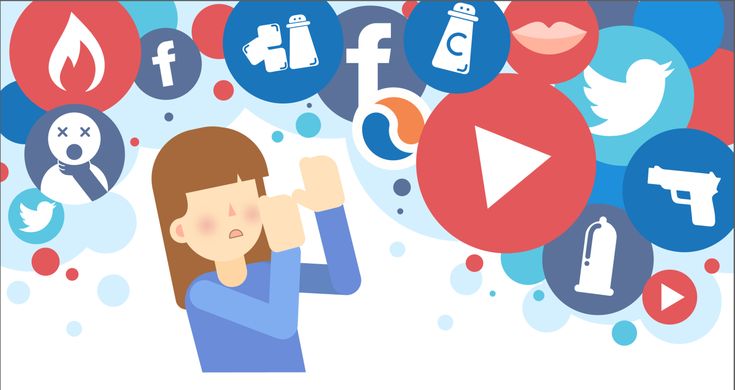 However, there’s something sinister creeping around much more often in the people’s heads that doesn’t elicit much laughter. It goes on day after day, leaving crumbs of apprehension that can be gathered up later for evidence to prove that social media fears are absolute.
However, there’s something sinister creeping around much more often in the people’s heads that doesn’t elicit much laughter. It goes on day after day, leaving crumbs of apprehension that can be gathered up later for evidence to prove that social media fears are absolute.
Chances are you’ve met people like this and you may even be one of them. When the subject of social media comes up in conversation, their eyes get wide.
Social media fears evoke the body’s natural fight, flight or freeze response.
The heart and respiratory rates increase, eyes dilate, eyelids raise and adrenaline is released. At some point, composure sets in and people say things like:
- “Social media is a fad.” (Yes, a top business leader actually told me this)
- “Social media doesn’t work.”
- “Social media is an invasion of privacy.”
- “We don’t need social media. We sell enough.”
I’ve heard every single one of these more than a few times. Maybe you’ve heard them too?
I witness these real fears when I speak at conferences, when I’m doing workshops and training, when I’m providing guidance to the top automotive companies, and even in random conversations when people learn what I do for a living.
Looking for expert advice in Automotive Digital Retailing? Learn more about our advisory services to help get you on track!
Yes, tell me more
The 5 Most Common Social Media Fears
Let’s explore these fears and discover some tools to overcome them.
1. The Unknown.
To fear something that’s new or foreign is a natural occurrence. From a young age, many of us were taught to fear the unknown. We learned that things beyond our comfort zone are to be avoided and we’ve carried that over to our adult lives.
Xenophobia has contributed to the current unrest throughout the U.S. Feeding the fear frenzy helps media companies get more clicks, so there’s a lot riding on keeping that fear level heightened.
It is better to light a candle than to curse the darkness.
Resist the urge to give into the fear of the unknown by seeking factual information and knowledge. Determine 5-10 credible people to follow or connect with who will strike the match of sanity to help you find your way.
2. I’ll Waste Time and Money.
Nobody likes to waste time or money. Successful social media requires investment in both.
Social media fears (and the resulting mistakes) can sabotage your best intentions and steal your most precious non-recyclable resources: time, energy, and money.
The best way to avoid wasting time and money is to have a plan. A comprehensive, written social media strategy is required if you want to cast out the fear and get optimal results.
3. I Don’t Know What to Post/I’ll Post the Wrong Thing
Not too long ago, I got a frantic call from a business owner about a social media debacle they were entrenched in. It seems that their “social media vendor” was posting random quotes from celebrities on their social media profiles. Using celebrity quotes as part of an overall content strategy is perfectly fine, but as this company learned the hard way, you can’t just “set it and forget it.”
This was during the time when the sexual accusations against Bill Cosby were first announced.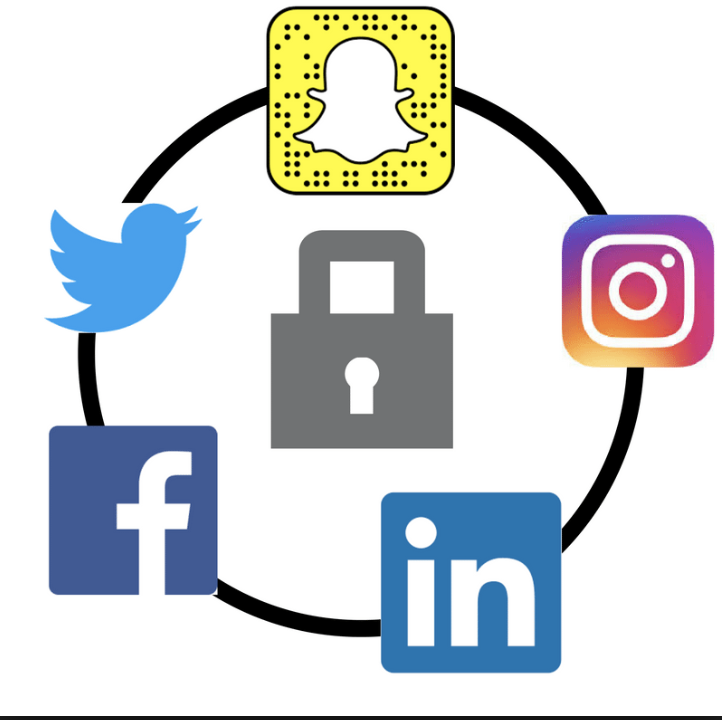 Every few days there was another woman sharing a similar experience and the news kept getting tawdrier as the days went by. The outrage was palpable.
Every few days there was another woman sharing a similar experience and the news kept getting tawdrier as the days went by. The outrage was palpable.
Because the business owner had not paid close attention to the quotes their vendor was posting, they missed the one that was posted quoting Bill Cosby.
Prior to the accusations, this would have been just another benign post. But, in social media, timing is everything.
Soon there was an angry mob commenting about it and frankly, it damaged their brand irreparably.
No one watches your brand like you do. The fear this company has about social media caused them to ‘offload the chores’ of content creation and publication to someone who probably automated the same message to all their clients’ accounts and didn’t care enough, or wasn’t quick enough, to fix the error before it was too late.
Choosing a vendor should always entail an inquiry about their social media practices. I’m a big fan of developing solid relationships with the right vendors, as opposed to throwing darts to find the cheapest. Studies show that when there’s a good relationship between the organization and its vendors, the outcomes are far more successful.
Studies show that when there’s a good relationship between the organization and its vendors, the outcomes are far more successful.
4. Salespeople Will Say the Wrong Thing
Having managed thousands of car salespeople over the course of my career, I know that the value of leadership and management skills can’t be overstated. It’s scary to think what can happen when salespeople are given an opportunity to engage customers online without any guidance.
However, today there’s no way around it. Today’s hyper-connected customer is online and your salespeople better be there too with their networking skills, ready to answer questions, and conveying the right message.
What practices have you implemented to keep your salespeople from saying the wrong thing online?
5. Salespeople Will Steal Our Customers
There are direct correlations between engaged employees, customer retention and loyalty. Happy, supported, and successful salespeople tend to stay where they are.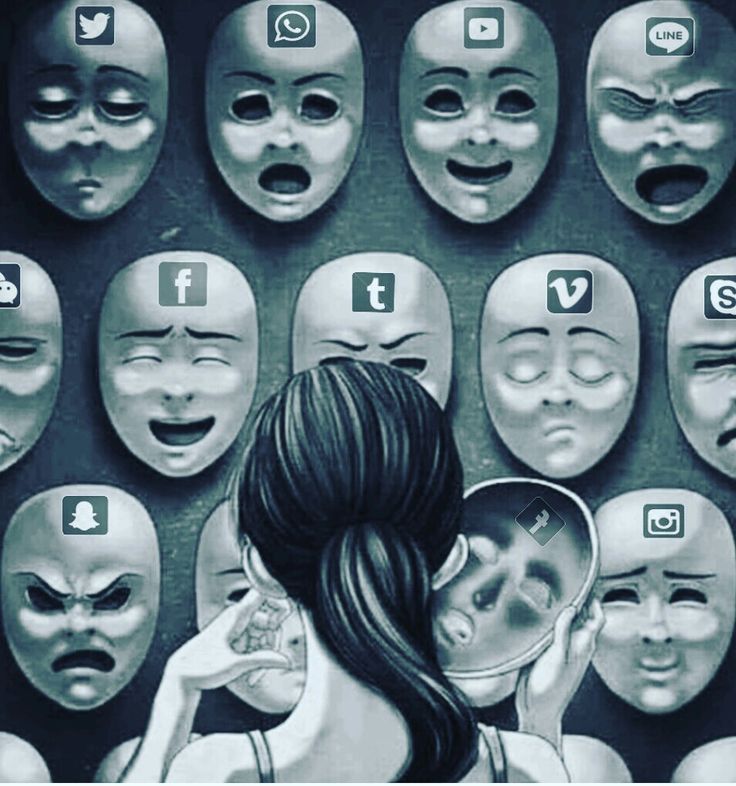
Unhappy, disgruntled salespeople can, and perhaps will, steal your customers. If employees perceive the work environment as hostile, heartless or unsympathetic, especially by more than one employee, it invites all sorts of unwanted situations.
29% of employees feel valued in their jobs. (Bureau of Labor Statistics)
Companies with highly engaged workforce are 21% more profitable. (source)
What are you doing to make employees feel valued? One great way is to embrace a process to include them in social media.
How can I move past my social media fears?
There are two next steps to alleviating fear. The trick is to supply yourself with the information and the tools to combat and overcome the fear.
Step #1: Create and implement a social media policy.If you’re a company…
Educate employees on what social media is and why it’s important. Provide guidelines on how employees should conduct themselves, how to determine what’s appropriate, and what’s off limits. You also need a crisis management strategy. The effort you put into laying the foundation for employee social media use, will pay off when (not if) sticky situations arise.
You also need a crisis management strategy. The effort you put into laying the foundation for employee social media use, will pay off when (not if) sticky situations arise.
If you’re an individual…
Educate yourself on what social media is for you and why it’s important…for you. While you don’t need to necessarily write it down (although it would be a good idea), determine your policy for content publication, when you’ll contribute to conversations, how you’ll respond and what topics you’ll steer away from, no matter how tempting they may be.
Step #2: Develop a social media strategy that communicates the company’s value.Whether you’re a business or individual, social media success is always about the value you contribute. I’m referring to the value created or reinforced within each person’s mind when they interact with you.
With a content strategy that defines your unique value, identifies target customers, and states the desired goals, social media fears become a non-starter. Measure and analyze your results and soon, with each step, knowledge takes the place of fear.
Measure and analyze your results and soon, with each step, knowledge takes the place of fear.
Do one thing everyday that scares you.
Automotive digital retailing is only getting more complex. Don’t let social media fears hold you back from achieving the high levels of success your organization deserves.
Need help or advice with digital retailing strategies and how they integrate into your workforce? Get in touch with me here. I’m happy to talk with you.
Fear of social networks - Socionetophobia. — Articles — Psychologist, psychotherapist in Moscow — Andrey Filippov
August 20, 2021
Social networks have broken in abruptly and, it seems, forever. No self-respecting company will miss the opportunity to start a page on social networks.
Social media is a method of communicating with people through online platforms such as Vkontakte, Facebook, Instagram and Twitter. Social networks have become an important part of the lives of both adults and teenagers.
Now more and more often you can hear from the parents of a teenager, and not only about Internet addiction, addiction to viewing social networks. But have you ever heard of the fear of social networks?
Socionetophobia - fear of social networks. This fear is similar to the fear of persecution. People subject to this fear are afraid to start pages on social networks, as it can be used for surveillance or manipulation.
According to statistics, part of the population considers social networks to be harmful to mental health. And only 5% of the population believes that they have a positive effect on the psyche.
Causes of this type of fear:
- Childhood psychological trauma. Perhaps in adolescence, parents viewed a personal page on the social network, after which the person is afraid to create an account.
- Negative personal experience. Perhaps a negative event occurred that greatly affected the psyche.
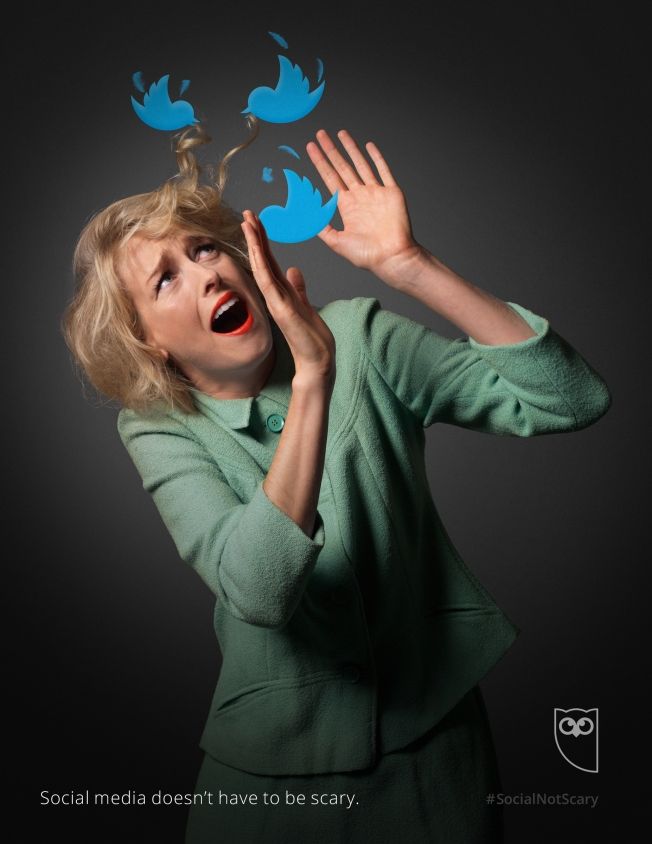
- Fear of surveillance, control, manipulation and threats.
- Fear of failure. A person is afraid of disgrace in advance, gets confused in terms, buttons and content. Because of this, they have complexes, self-doubt.
- Fear of declassifying personal information.
Symptoms of the disease
Self-help:
- Get yourself a page on a social network to get started.
- Start simply browsing topics that interest you.

- Post the first photos. Try not to count likes or read comments.
- Don't evaluate the result, focus only on changing how you feel about the process.
- Find like-minded people who have overcome their social media fears . Perhaps you will create your own group.
- Rejoice in small victories . Write down your daily achievements and focus on the positive things. They help to cope with doubts and strengthen your self-esteem during the period of getting rid of fear.
- Remember, the cure is long. Instantly fall in love with social networks . Start doing something and learn by doing, not by theory.
- Formulate and write down for yourself the purpose of your account, the result that you will strive for while maintaining the page. Think about what content you will have, what message you want to convey to people.
- But remember: it is necessary to control the disclosure of personal data, control the strength of passwords, control the number of subscribers, do not disclose personal information (vacation places, work, addresses, etc.
 ).
). - Give up bad thoughts. Try replacing negative thoughts about social media with positive ones.
- Breathe deeply. To quickly overcome fear and relieve anxiety, start breathing slowly and deeply. This will increase the flow of oxygen to the brain.
- Contact the object of fear more often. Gradual and repeated interaction with social networks helps to defeat fear.
- Contact a specialist. The methods described above are effective for dealing with only a mild form of fear
Dealing with the problem:
Psychologists use a variety of treatments. Of the most famous, the following types are used:
- Psychoanalysis, psychoanalytic therapy.
- Behavioral therapy. The point is to let go of fear. Learning to control your reactions.
- Immersion Therapy. Gradual confrontation of the patient with the object of fear.
- Hypnosis.
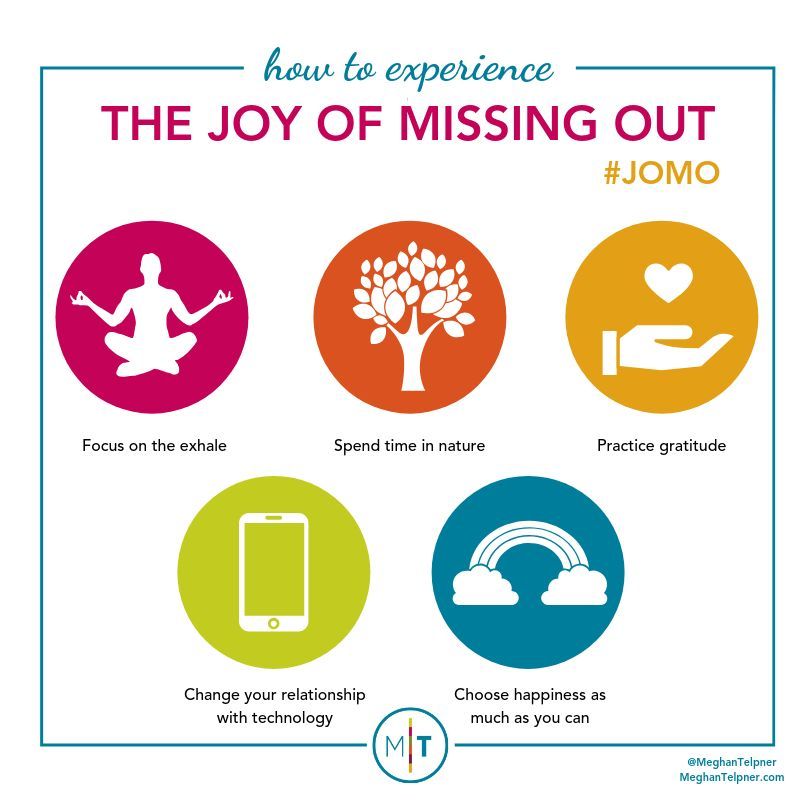 The specialist instills into the patient's subconscious that computerization was created to help a person.
The specialist instills into the patient's subconscious that computerization was created to help a person. - Rational therapy. The specialist explains the true causes of fear. The patient is aware of the far-fetchedness of his fear.
- Desensitization therapy. Specially designed eye movements are used to help activate brain activity and achieve the desired reaction.
- Medical therapy. Treatment is with benzodiazepines and antidepressants.
See also:
+ 7 (926) 169-36-63 to talk about your situation that you want to solve.
The duration of the telephone consultation is 20 minutes (free of charge) , during this time I have to decide if I can help you with a psychoanalytic approach. If it is easier for you to write a letter, you can do this by clicking on the link Send a letter or by writing to me at mail@online-psychoanalyst. ru. Please describe your situation in as much detail as possible - the size of the letter is unlimited, I will definitely read your letter and answer.
ru. Please describe your situation in as much detail as possible - the size of the letter is unlimited, I will definitely read your letter and answer.
I am always there.
7 phobias born of the internet and gadgets
SOCIETY
IA "Tatar-inform", October 5, 2016 - 09:20
There are many phobias in the world, i.e. varieties of fear of certain objects, phenomena, words, etc. However, with all the usual fear of closed spaces or the number 13, you will not surprise anyone. The age of modern technology dictates its own rules, including those regarding phobias, which also "keep up" with technological progress. What are...
There are many phobias in the world; varieties of fear of certain objects, phenomena, words, etc. However, with all the usual fear of closed spaces or the number 13, you will not surprise anyone. The age of modern technology dictates its own rules, including those regarding phobias, which also "keep up" with technological progress. What phobias have appeared in the dictionary in recent years? What have social networks, computers and digital technologies led to fear? Estet-portal will talk about this in this article.
However, with all the usual fear of closed spaces or the number 13, you will not surprise anyone. The age of modern technology dictates its own rules, including those regarding phobias, which also "keep up" with technological progress. What phobias have appeared in the dictionary in recent years? What have social networks, computers and digital technologies led to fear? Estet-portal will talk about this in this article.
We live in a world of our own fears. Fear of enclosed space, darkness or heights is yesterday. Today, people are driven crazy by Internet trolling, a forgotten smartphone, or the lack of likes under photos on social networks. We tried to penetrate into the world of modern man's phobias and identified 7 phobias-consequences of STP.
Nomophobia
Have you ever forgotten your mobile phone at home or in the car? If at the same time you experienced discomfort, anxiety and a feeling of fear, you are most likely suffering from nomophobia - the plague of the XXI century. The term comes from the English phrase "no mobile phone" and translates as the fear of being left without a mobile phone. Scientists identified this disease in a 2008 study that showed that 66% of every 100 people experienced panic fear, being left without means of communication. They tried to constantly check missed calls, messages and emails.
The term comes from the English phrase "no mobile phone" and translates as the fear of being left without a mobile phone. Scientists identified this disease in a 2008 study that showed that 66% of every 100 people experienced panic fear, being left without means of communication. They tried to constantly check missed calls, messages and emails.
At the same time, it should be noted that in 2008 the era of touchscreen smartphones with fast Internet access has not yet begun. And if then more than half of the population suffered from a phobia, now the disease must have spread to everyone. Try to test yourself: turn off your phone for at least one day.
Cyberphobia
A personal computer is the main companion of life in the modern world, therefore the appearance of fear of a computer or cyberphobia is quite natural. If nomophobia is a disease of the young, cyberphobia is more common among older people who are forced to master new technology.
Doctors identify such symptoms cyberphobia :
- a person is extremely careful with PC;
- speaks negatively about computers;
- avoids computers.

A severe degree of phobia is even accompanied by physical reactions: dizziness and nausea. In the treatment of cyberphobia, you will need the help of a qualified psychologist and the support of relatives. You can independently carry out daily prevention: spend at the computer for several hours.
Socionetophobia
It is also the fear of social networks - a modern version of the fear of persecution, which manifests itself in the fear of creating an account in social networks, as it can be used for blackmail or surveillance. It does not have to be special services, it is enough that people from a close circle - family members, clients or superiors - can get acquainted with personal data.
However, socionetophobia is easy to treat. According to psychologist Jay Bayer, the patient needs to create an account that would fit his comfort zone, for example, in a group with the same hobbies.
Trollophobia
Any Internet user is familiar with the concept of a troll.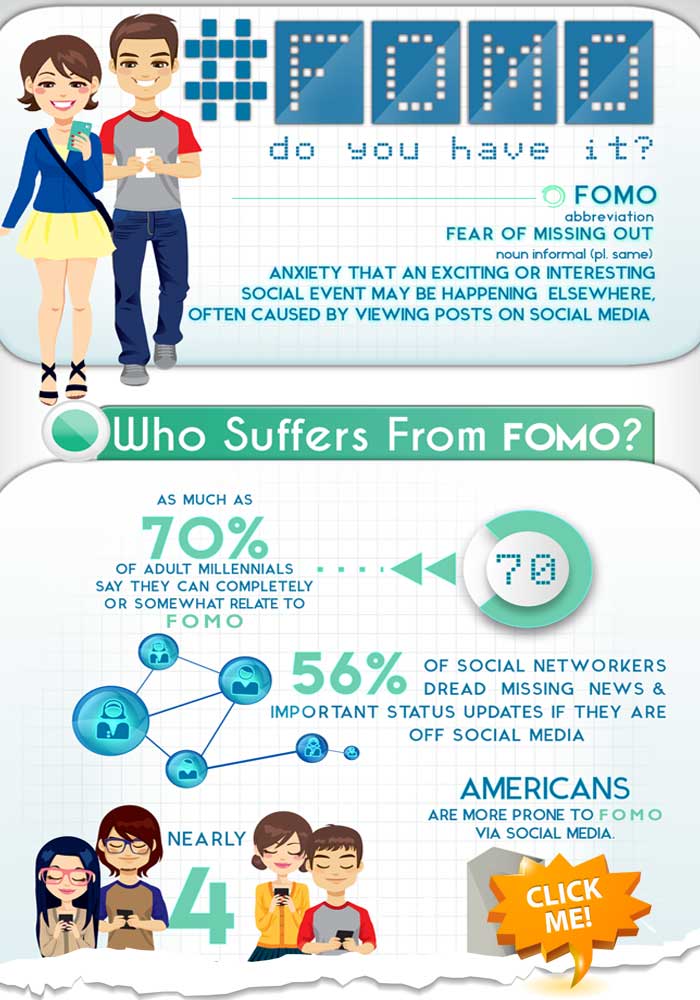 And everyone knows that it is not worth feeding them, banning them is useless, the easiest way is to just ignore them. However, the active growth of the troll population in recent years has caused a backlash - trollephobia or trollparanoia. The patient is sure that all readers, commentators, members of his blog or portal are trolls, whose goal is to ruin the project. Hence the desire not to attract too much attention and the desire for anonymity.
And everyone knows that it is not worth feeding them, banning them is useless, the easiest way is to just ignore them. However, the active growth of the troll population in recent years has caused a backlash - trollephobia or trollparanoia. The patient is sure that all readers, commentators, members of his blog or portal are trolls, whose goal is to ruin the project. Hence the desire not to attract too much attention and the desire for anonymity.
Unfortunately, there is no cure for trollephobia yet. Psychologists recommend trying not to succumb to provocations - do not "feed" trolls .
Imojiphobia
One of the brightest examples of modern fears, which appeared as a result of the spread of social networks, instant messengers and chats. A person suffering from imojiphobia is afraid that he will be misunderstood, or that he has "inappropriately" put a smiley face or sticker that is familiar to everyone. Imojiphobia is hardly a serious mental disorder, it is just a new form of psychosis that is selective and temporary.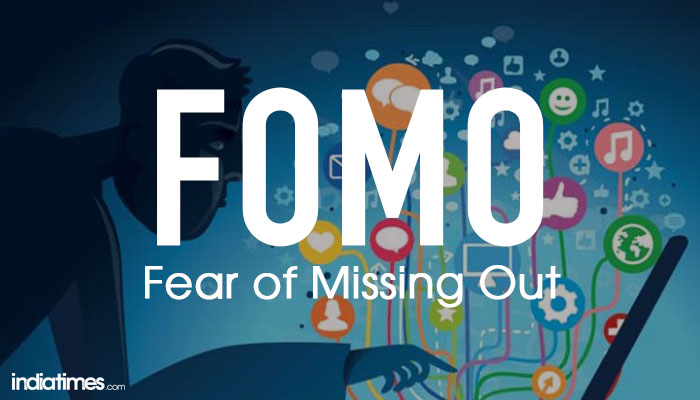 It is believed that every Internet user has a little imojiphobe: often in online communication you have to conduct official and personal correspondence at the same time, not everyone has time to quickly switch from a representative tone to a friendly one.
It is believed that every Internet user has a little imojiphobe: often in online communication you have to conduct official and personal correspondence at the same time, not everyone has time to quickly switch from a representative tone to a friendly one.
Selfiephobia
This phobia, despite its comical nature, has already sent its first victim to the hospital. At the end of March 2014 19Briton Daniel Bowen has been hospitalized after spending six months at home looking for the perfect selfie. The guy took 200 photos a day - he was expelled from school, he lost a lot of weight, and, in the end, decided to commit suicide. Fortunately, he did not succeed in the latter. Such are the consequences of selfophobia .
According to doctors, concern about selfies is a serious psychological problem of our time, which necessarily requires medical intervention. By the way, Danny Bowen was cured after being weaned from constantly using a smartphone.